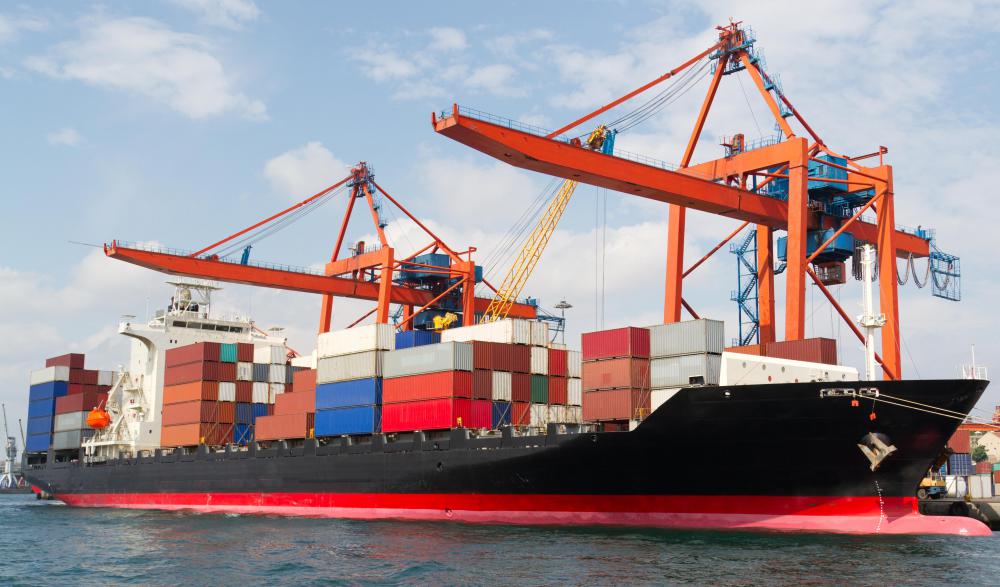At WiseGEEK, we're committed to delivering accurate, trustworthy information. Our expert-authored content is rigorously fact-checked and sourced from credible authorities. Discover how we uphold the highest standards in providing you with reliable knowledge.
What are the Different Kinds of Import Fees?
Import fees, also called duties or tariffs, are monies charged for goods that are brought into a country. There are several different types, and they are classified according to their specific purpose or calculation method. Although the types of import fees vary from country to country, there are general types that are common in many countries. The more common types of import fees are specific, protective, prohibitive, and revenue. Other common fees are ad valorem, green, end-use, and retaliatory.
These types of fees are in place to protect the overall economy and consumer market of a country. The fees, in theory, keep the market stable and keep goods affordable. Many countries have different trade agreements to keep the fees down or to gain a mutual advantage in trading unlike goods. Overall, the fees collected are no longer as large a part of the total revenue for many countries that they used to be.

Import fees are typically collected when goods being imported arrive at the border to be delivered. The goods are examined and, depending on what they are, the appropriate fees are charged and the goods can be delivered into the country. Customs departments typically handle these transactions and have offices in both ports and at border crossings.
Of the fees that are based on price, the most common is the ad valorem. This fee is calculated as a specific percentage of the price of the goods. It can be tricky to implement because importers can claim goods are worth less than they are to avoid a larger fee. The ad valorem is also dependent on the market price, which can fluctuate. Despite its difficulties in calculating, it is generally used more often than the specific import fee, which is a set fee that is not dependent on the price of the imported good.

Various other import fees are based on a specific purpose. The revenue import fee is in place primarily to raise money for the government, and it is most often charged on goods that can’t be produced in the importing country. A retaliatory import fee would be charged in response to another country charging an import fee. This is typically done so the other country will drop the duties they are charging, or at least lower them. The prohibitive import fee is meant to be so high that other countries will not want to sell a good at all.

The most common type of import fee is probably the protective import fee, also known as a punitive fee. It is in place to protect a country’s internal industry from foreign competition. The anti-dumping and countervailing fee are examples of this. They are designed to offset any subsidies foreign companies receive from their governments, which keeps the domestic market viable.
Two less common fees for importing are the green fee and the end-use fee. Green fees are charged to countries with poor environmental regulations and a low standard for pollution levels. The end-user import fee is charged for a specific use. If a good is being used by a consumer as opposed to an institution, it might be charged differently.
AS FEATURED ON:
AS FEATURED ON:













Discuss this Article
Post your comments